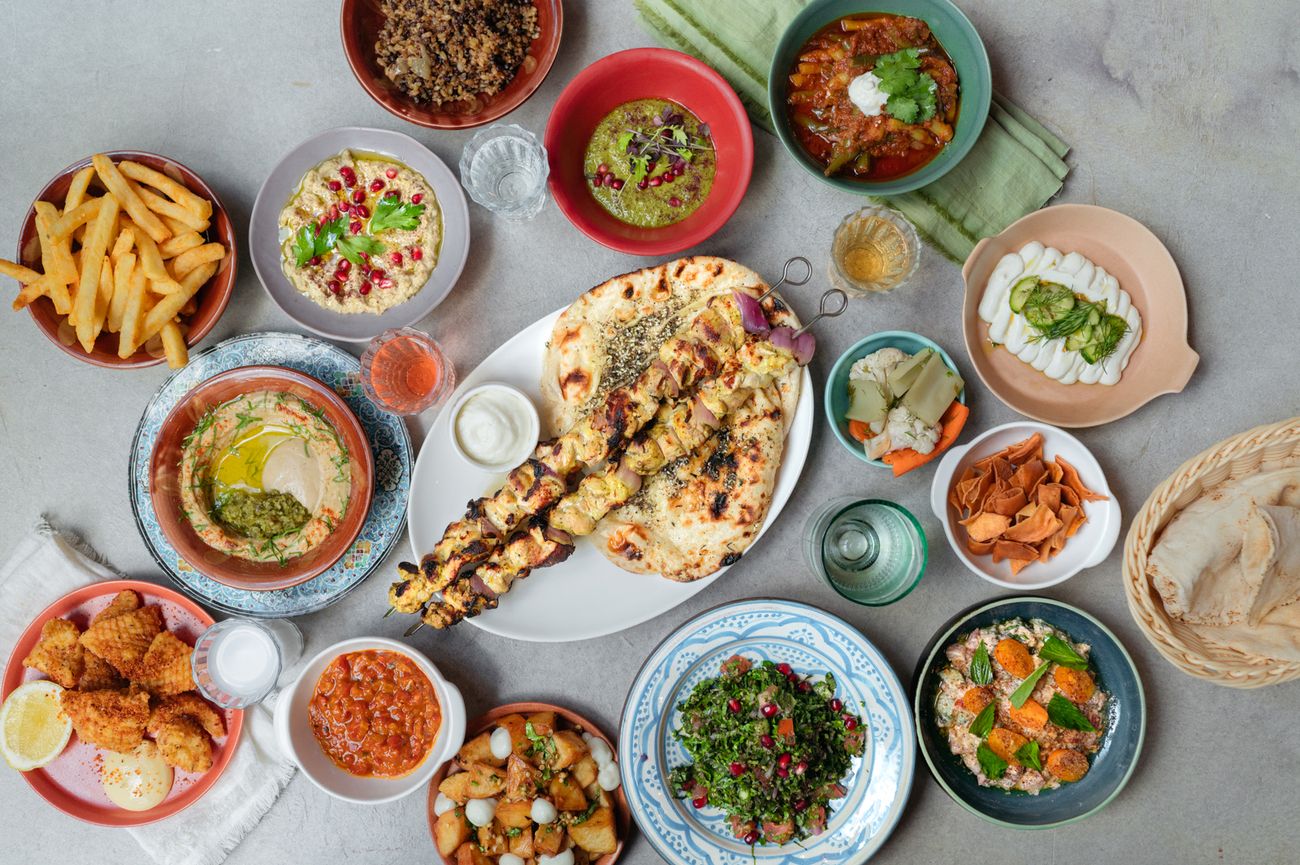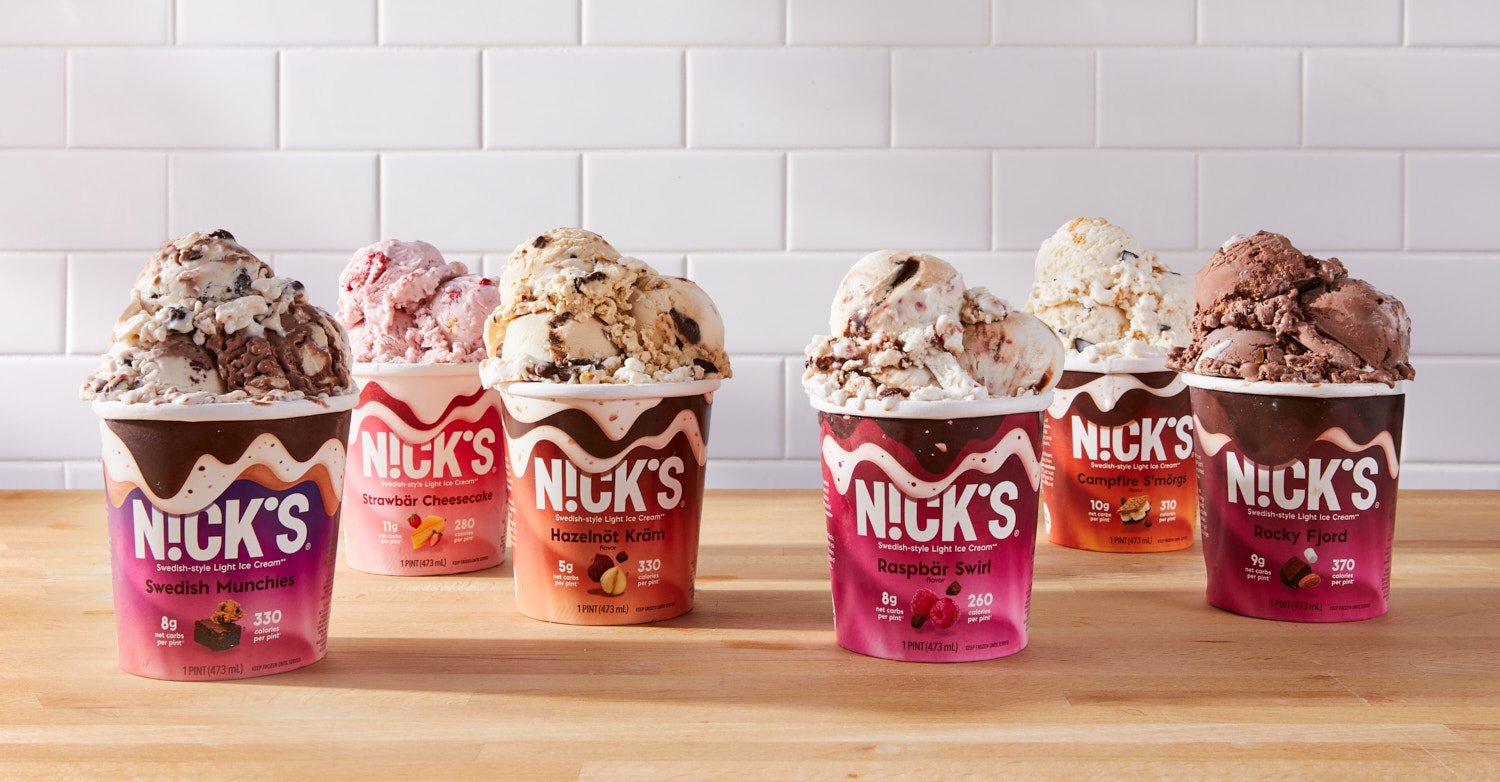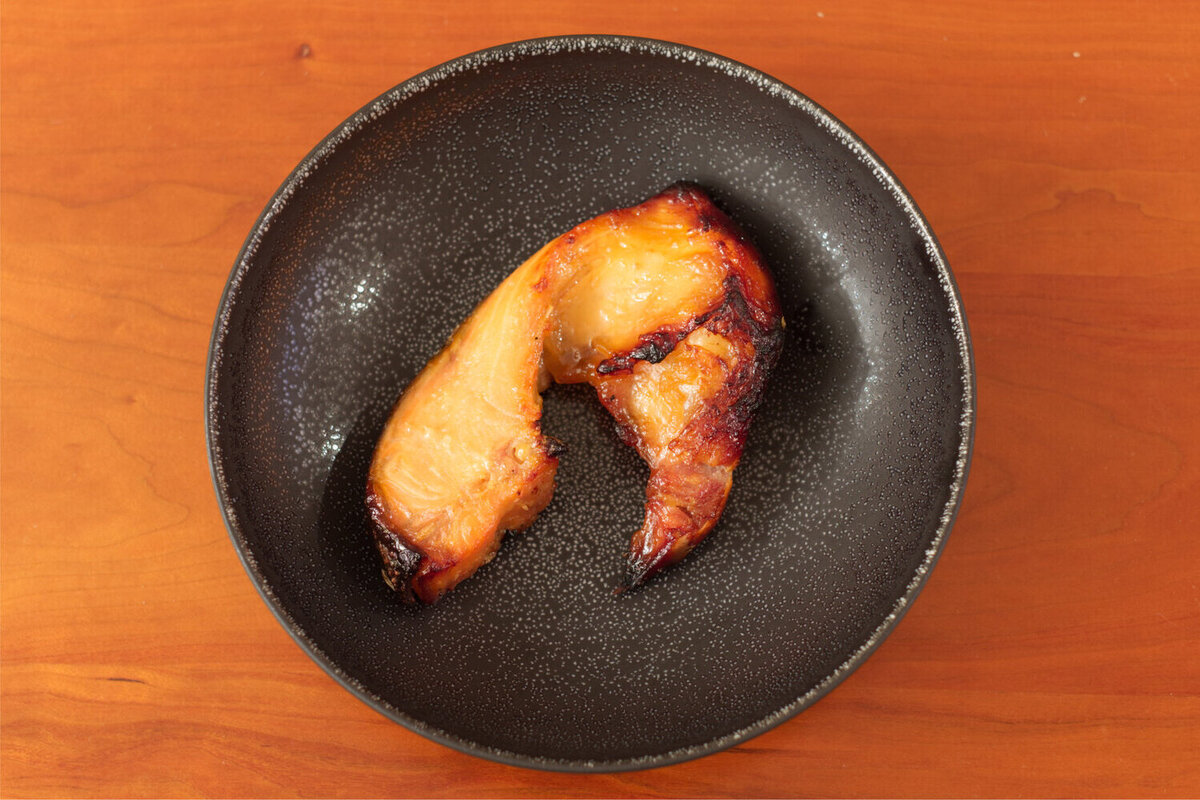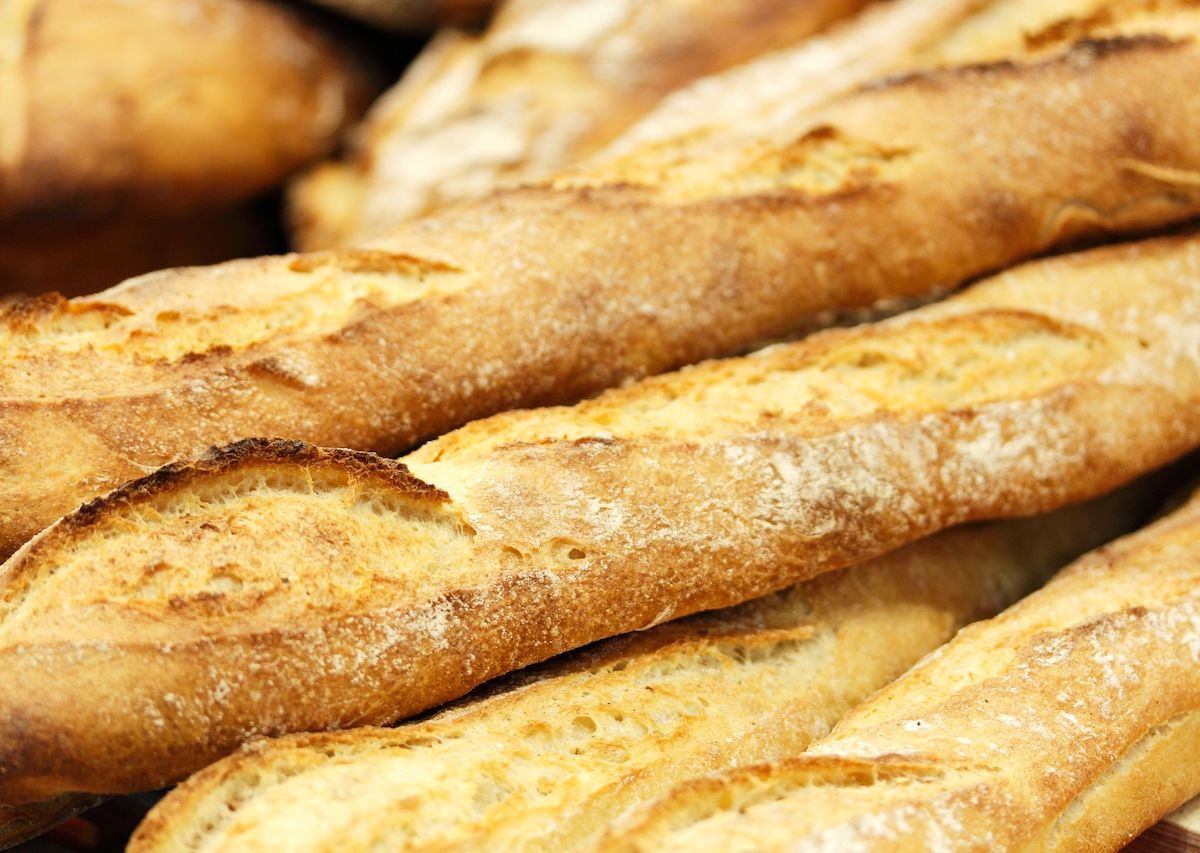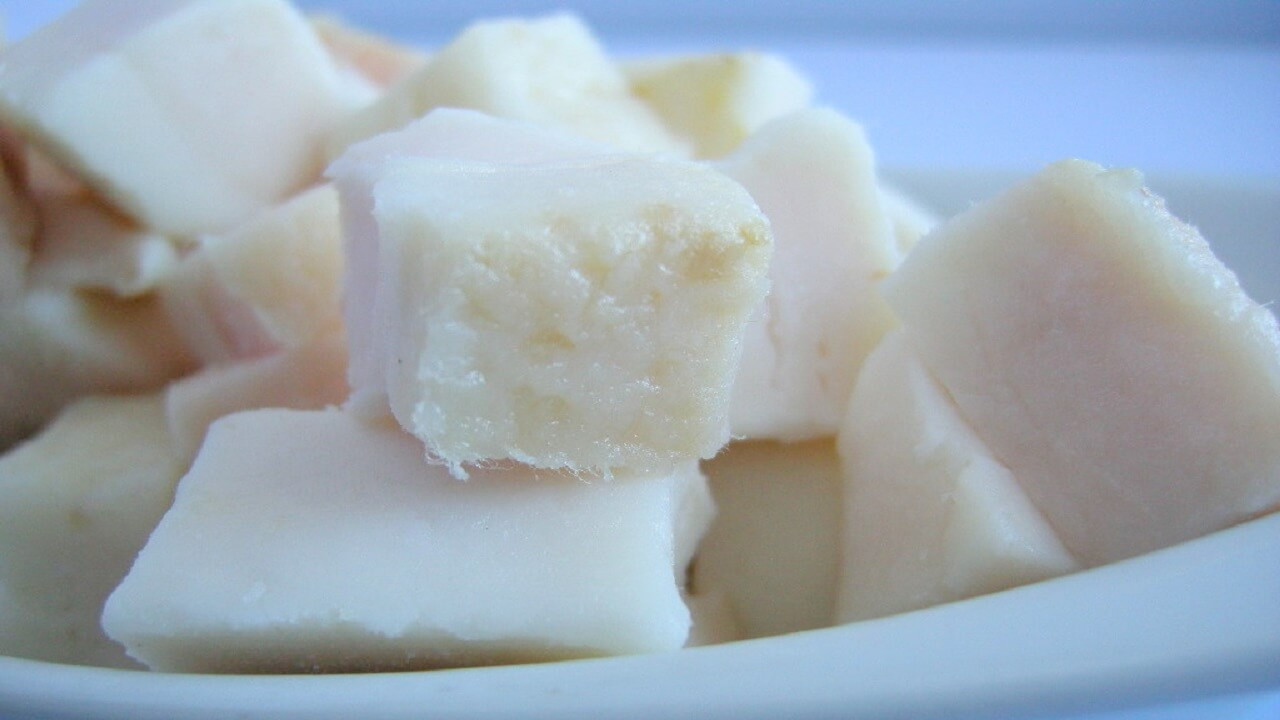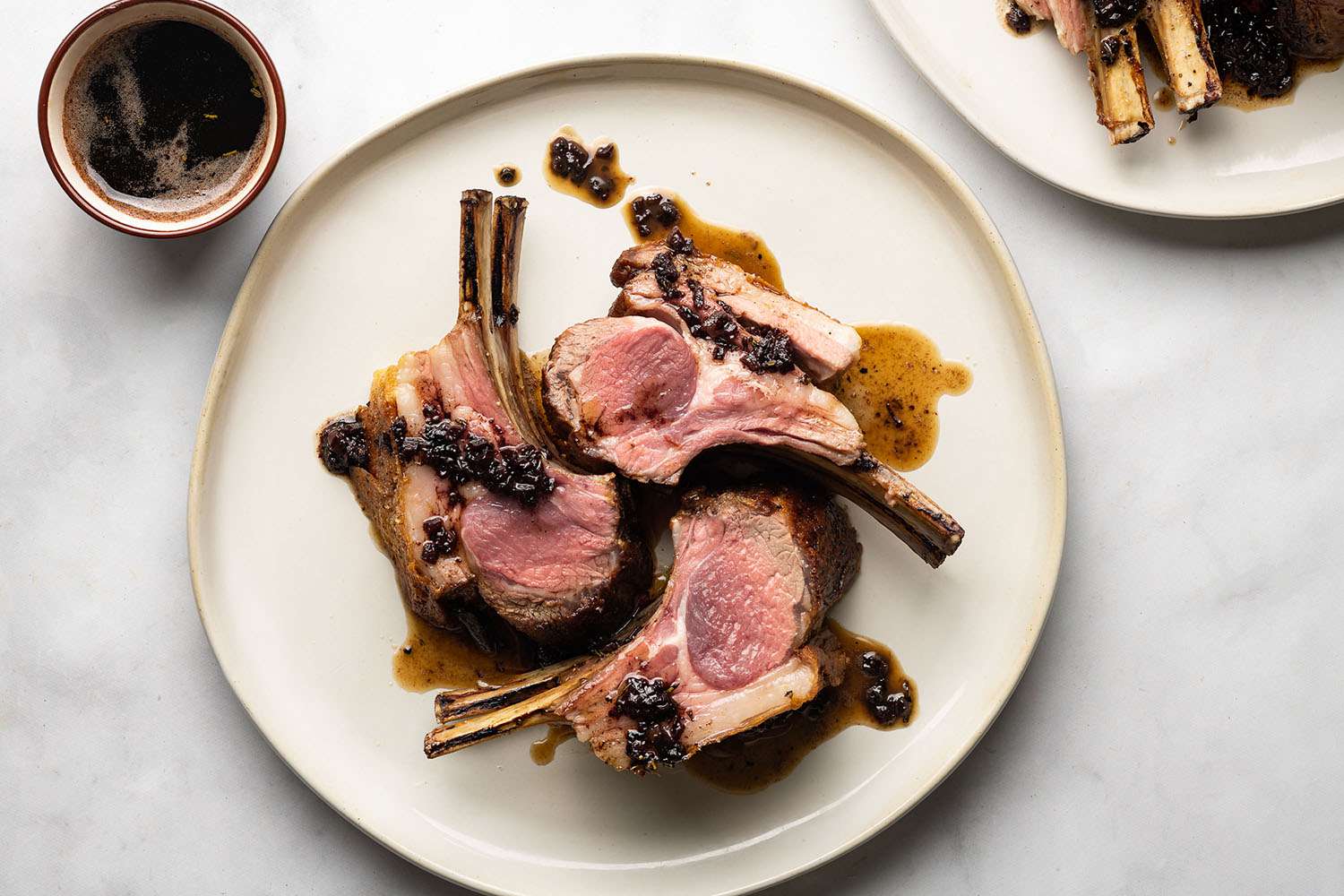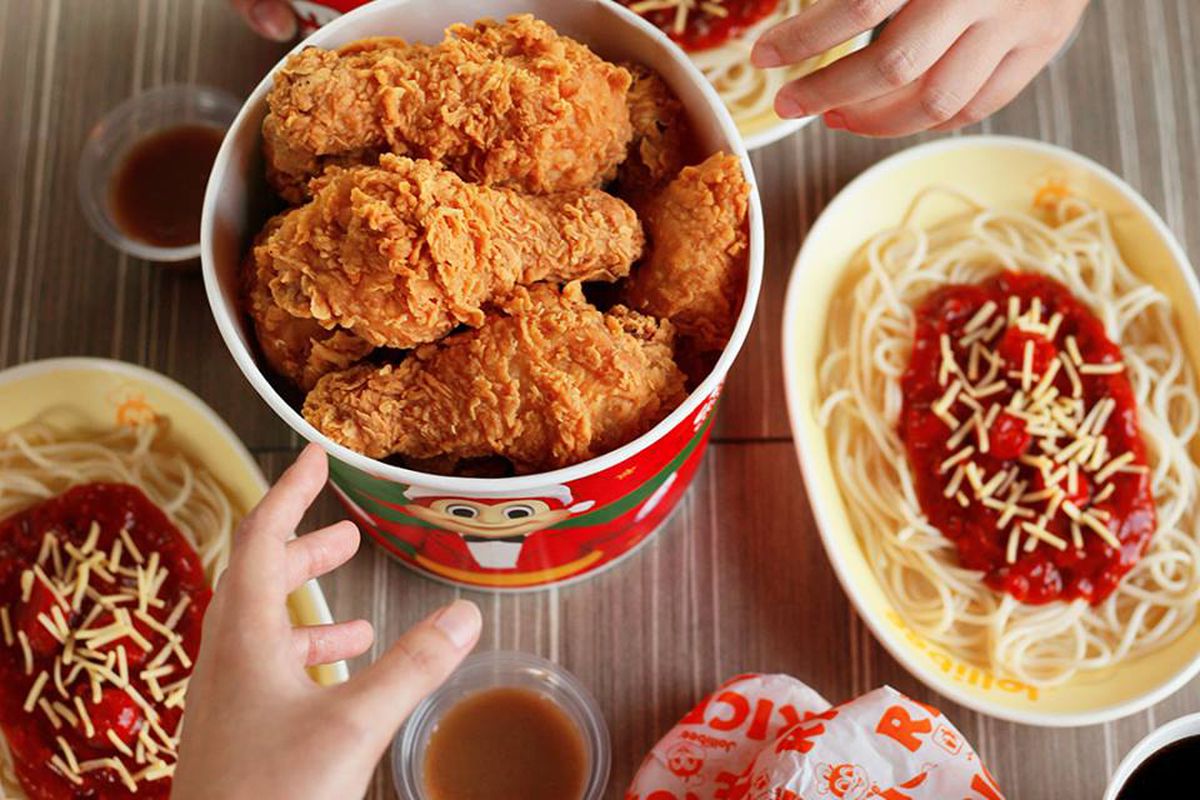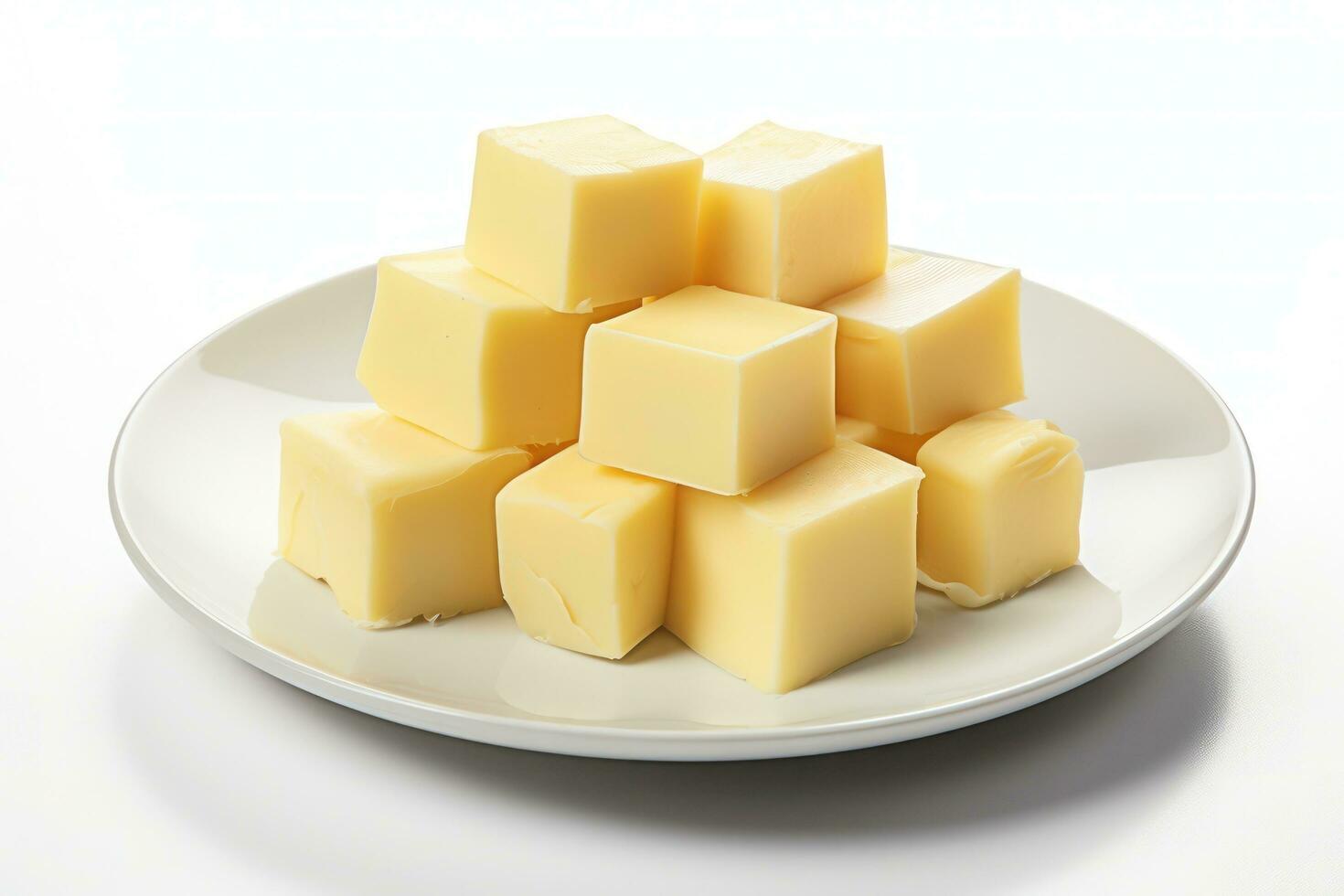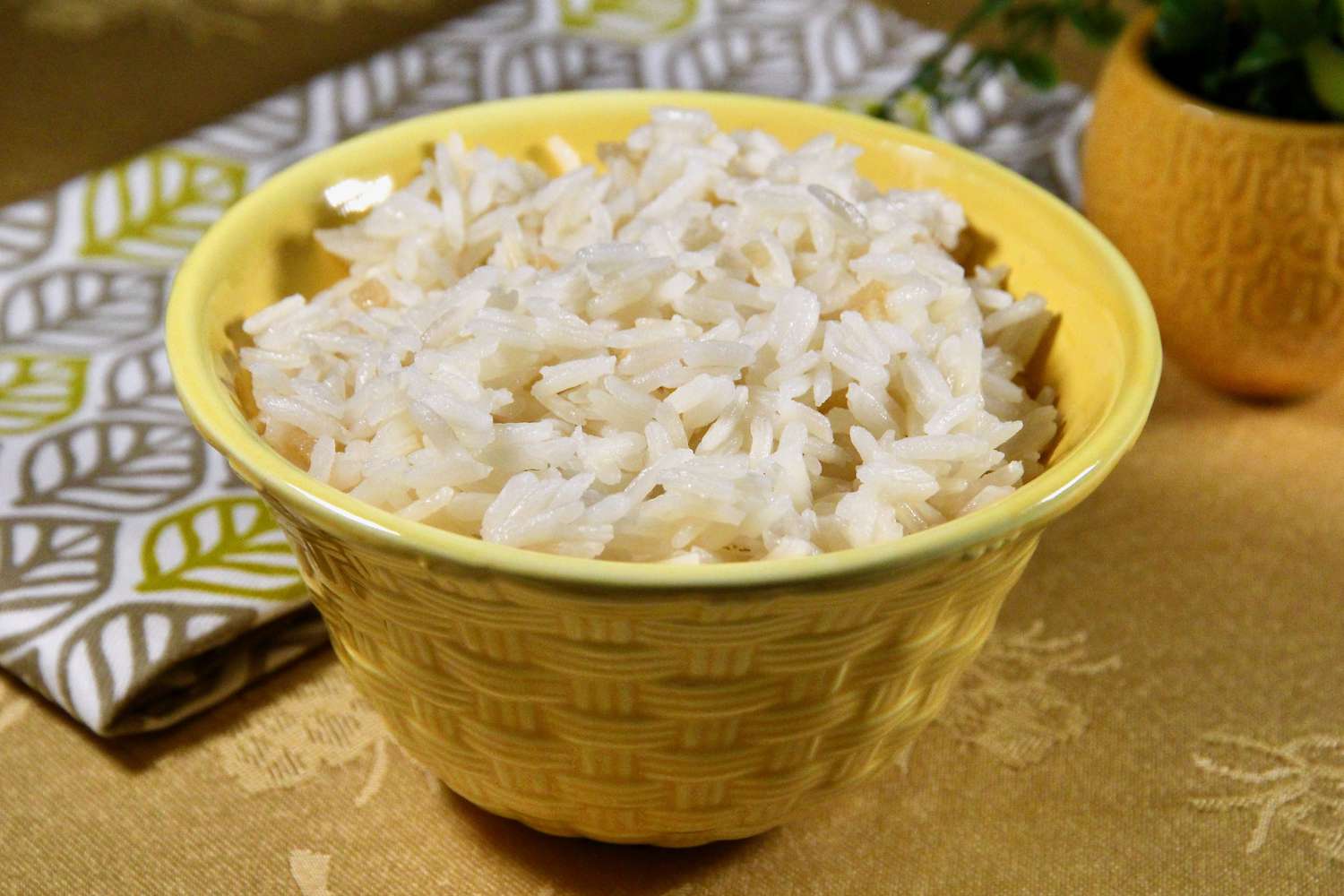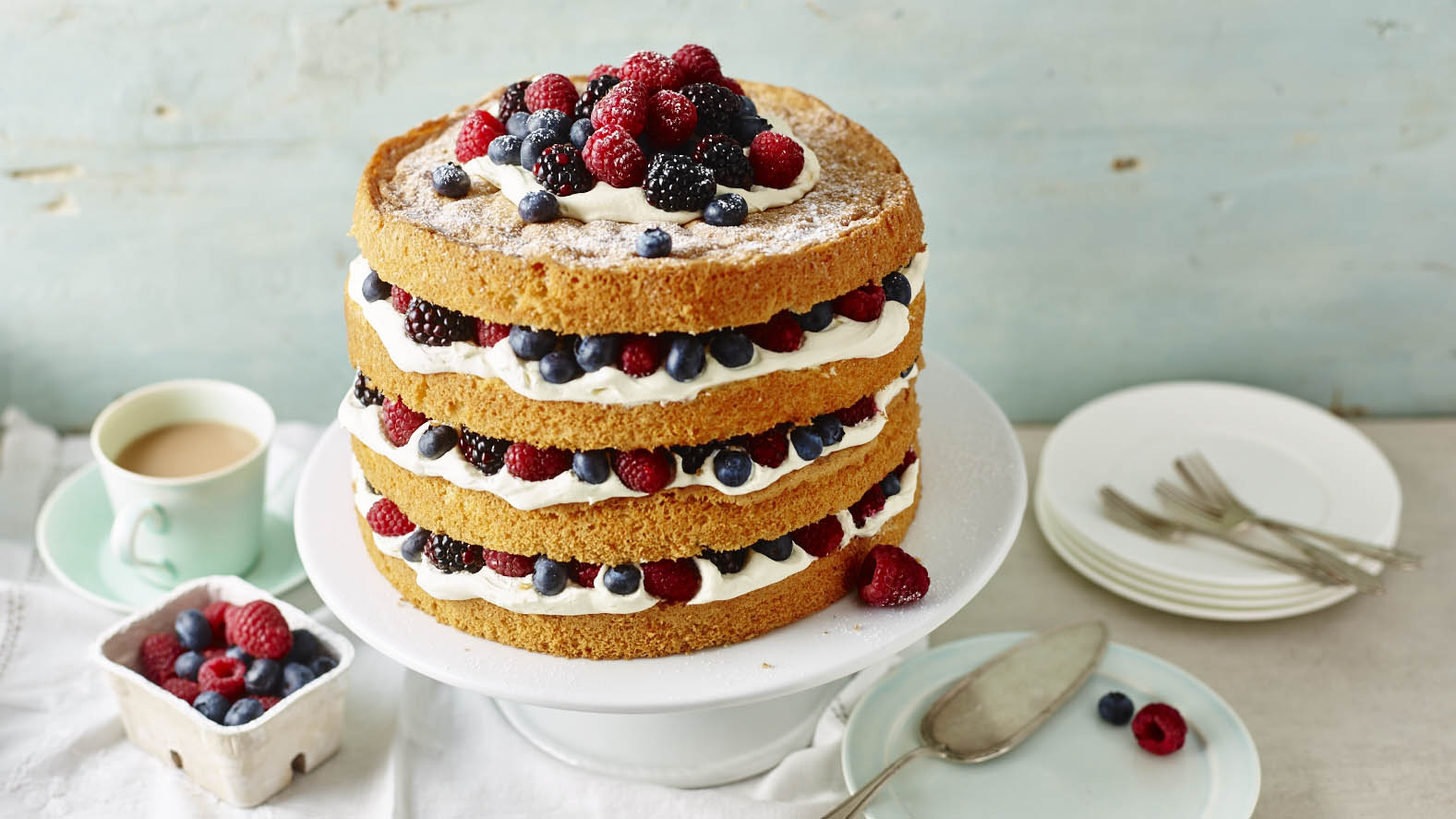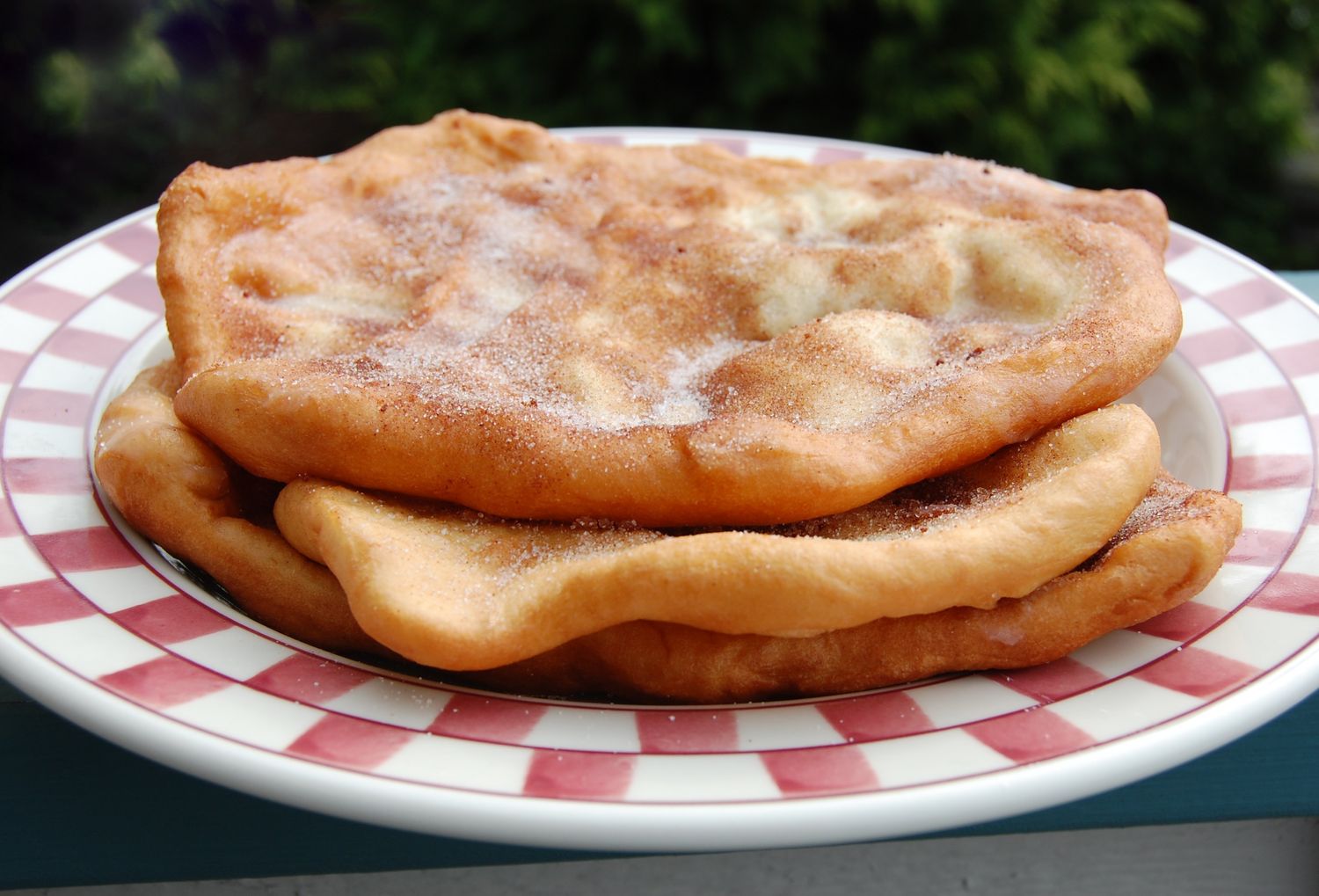Understanding the Ear of Corn
When you think of summer, one of the first things that may come to mind is a delicious ear of corn. But have you ever stopped to think about what an ear of corn actually is? Let’s take a closer look at this popular vegetable and explore its unique characteristics.
What is an Ear of Corn?
An ear of corn, also known as a cob of corn, is the reproductive part of the maize plant. It is the part of the plant where the kernels develop and mature. Each ear of corn is covered in tightly wrapped green husks, which protect the kernels as they grow.
Characteristics of an Ear of Corn
Now that we know what an ear of corn is, let’s delve into its unique characteristics:
- Kernels: The most recognizable feature of an ear of corn is its kernels. These are the individual seeds that develop along the length of the cob. Each ear can contain anywhere from 500 to 1,200 kernels, arranged in rows.
- Husks: As mentioned earlier, the ear of corn is covered in husks, which are the leafy outer covering of the cob. The husks protect the kernels from pests and the elements as they mature.
- Silk: Beneath the husks, you’ll find the silky threads that are attached to each kernel. These threads are actually the female flowers of the corn plant, and they play a crucial role in pollination.
- Cob: The central core of the ear of corn is known as the cob. This is the part that the kernels are attached to, and it is also where the plant’s sugars are stored.
Uses of Corn
Corn is an incredibly versatile crop, and the ear of corn is used in a variety of ways:
- Food: One of the most common uses of corn is as a food source. Whether it’s steamed, grilled, or roasted, the kernels of the ear of corn are a delicious and nutritious addition to any meal.
- Animal Feed: Corn is also used as a primary ingredient in animal feed, providing essential nutrients for livestock and poultry.
- Industrial Products: Corn is used in the production of a wide range of industrial products, including ethanol, cornstarch, and corn syrup.
- Decorative Purposes: In some cultures, the husks of the ear of corn are used for decorative purposes, such as making corn husk dolls or creating traditional crafts.
In Conclusion
So, the next time you bite into a sweet, juicy ear of corn, take a moment to appreciate the remarkable characteristics of this humble vegetable. From its tightly wrapped husks to its golden kernels, the ear of corn is a true marvel of nature.
Whether it’s gracing your dinner table or being used in the production of essential products, corn plays a significant role in our lives. Understanding the ear of corn allows us to develop a deeper appreciation for this staple crop and all that it has to offer.
Was this page helpful?
Read Next: What Is Guacamole Casero
